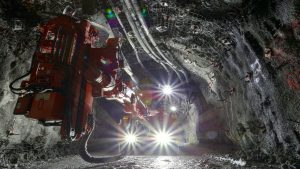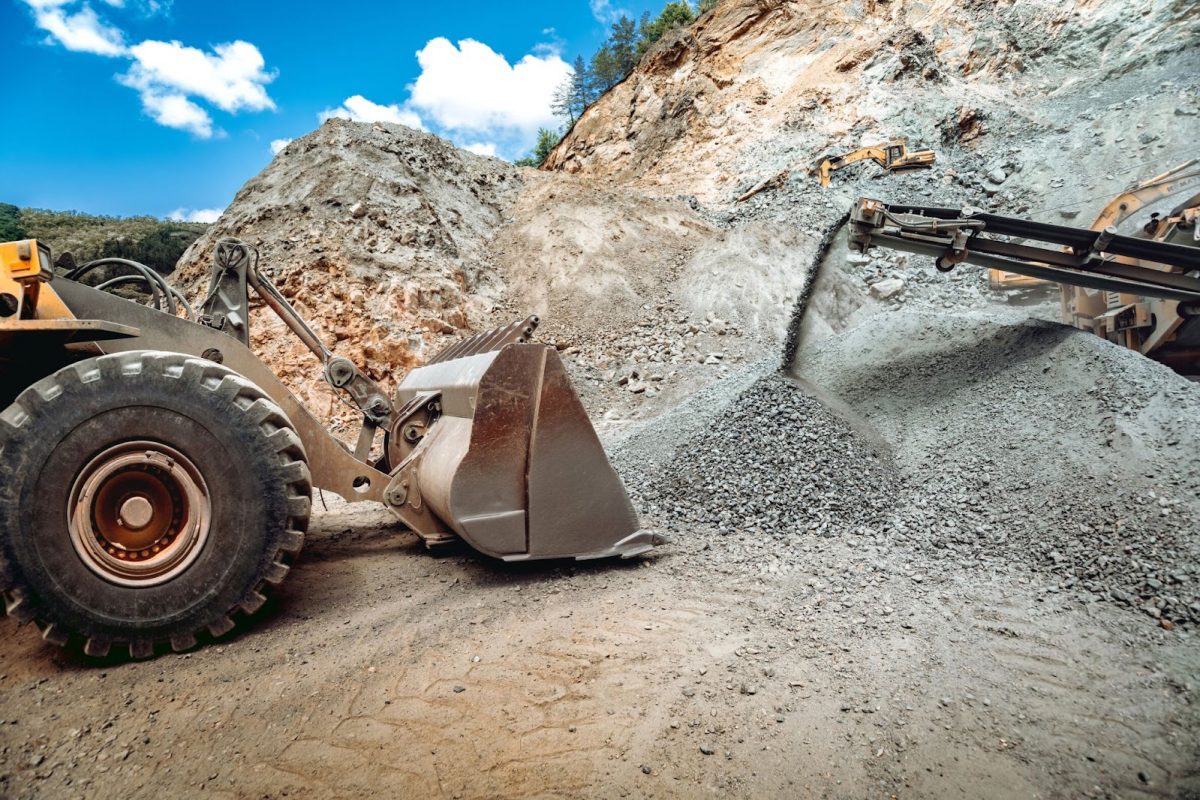Understanding the Environmental Impact of Underground Drilling: Mitigation Strategies
In the pursuit of extracting vital resources from beneath the Earth’s surface, underground drilling has become a cornerstone of modern industry. However, this practice comes with significant environmental consequences that must be addressed. From habitat disruption to water contamination, the impacts of underground drilling can be far-reaching. In this article, we explore these environmental challenges and outline mitigation strategies to minimize harm. Environmental Impact of Underground Drilling: Mitigation Strategies
The Environmental Challenges of Underground Drilling
Habitat Disruption
One of the primary environmental concerns associated with underground drilling is habitat disruption. Excavating tunnels and shafts can disturb ecosystems, displacing wildlife and altering natural landscapes. This disruption can lead to habitat fragmentation, making it difficult for species to find food, mates, and shelter. Additionally, the noise and vibration generated by drilling activities can further disrupt sensitive habitats, affecting both terrestrial and aquatic ecosystems.
Water Contamination
Another significant environmental impact of underground drilling is the potential for water contamination. Drilling operations can release harmful chemicals and heavy metals into groundwater sources, posing risks to both human health and aquatic life. Moreover, the disposal of drilling fluids and wastewater can lead to surface water pollution, affecting streams, rivers, and lakes. Contaminated water can have devastating effects on local communities and ecosystems, necessitating careful management and remediation efforts.
Air Pollution

Additionally, underground drilling can contribute to air pollution through the release of particulate matter, volatile organic compounds (VOCs), and greenhouse gases. Diesel-powered equipment used in drilling operations emits nitrogen oxides (NOx) and sulfur dioxide (SO2), which can degrade air quality and contribute to respiratory problems. Moreover, the release of methane during drilling and extraction processes exacerbates climate change, as methane is a potent greenhouse gas with a high warming potential.
Mitigation Strategies
Site Selection and Planning
One of the most effective mitigation strategies for reducing the environmental impact of underground drilling is careful site selection and planning. By conducting thorough environmental assessments and identifying sensitive areas, companies can minimize habitat disruption and avoid critical ecosystems. Additionally, advanced mapping technologies can help identify potential risks, allowing for the implementation of protective measures before drilling begins.
Advanced Drilling Technologies
Advancements in drilling technologies offer promising opportunities for reducing environmental impact. Directional drilling techniques, such as horizontal drilling, allow operators to access underground resources from a single surface location, minimizing surface disturbance and habitat fragmentation. Furthermore, the use of closed-loop drilling systems and environmentally friendly drilling fluids can help prevent water contamination and reduce air emissions.
Waste Management and Recycling
Proper waste management and recycling practices are essential for minimizing the environmental footprint of underground drilling operations. By recycling drilling fluids and wastewater, companies can reduce the volume of waste generated and minimize the risk of water pollution. Additionally, the responsible disposal of drilling waste, such as drill cuttings and muds, ensures that harmful substances are contained and prevented from entering the environment.
Community Engagement and Consultation
Engaging with local communities and stakeholders is crucial for addressing the environmental concerns associated with underground drilling. By fostering open dialogue and incorporating community feedback into project planning, companies can build trust and ensure that environmental considerations are prioritized. Furthermore, involving indigenous peoples and traditional landowners in decision-making processes respects their rights and promotes sustainable resource management practices.
Conclusion
While underground drilling plays a vital role in resource extraction, it is essential to recognize and mitigate its environmental impacts. By implementing careful site selection, advanced drilling technologies, waste management practices, and community engagement strategies, companies can minimize harm to ecosystems and safeguard natural resources for future generations. As we strive for sustainable development, it is imperative that environmental considerations remain at the forefront of underground drilling operations.
In conclusion, addressing the environmental impact of underground drilling requires a multi-faceted approach that balances resource extraction with environmental preservation. By adopting responsible practices and investing in innovative technologies, we can mitigate the negative effects of drilling and ensure a sustainable future for both people and the planet.

